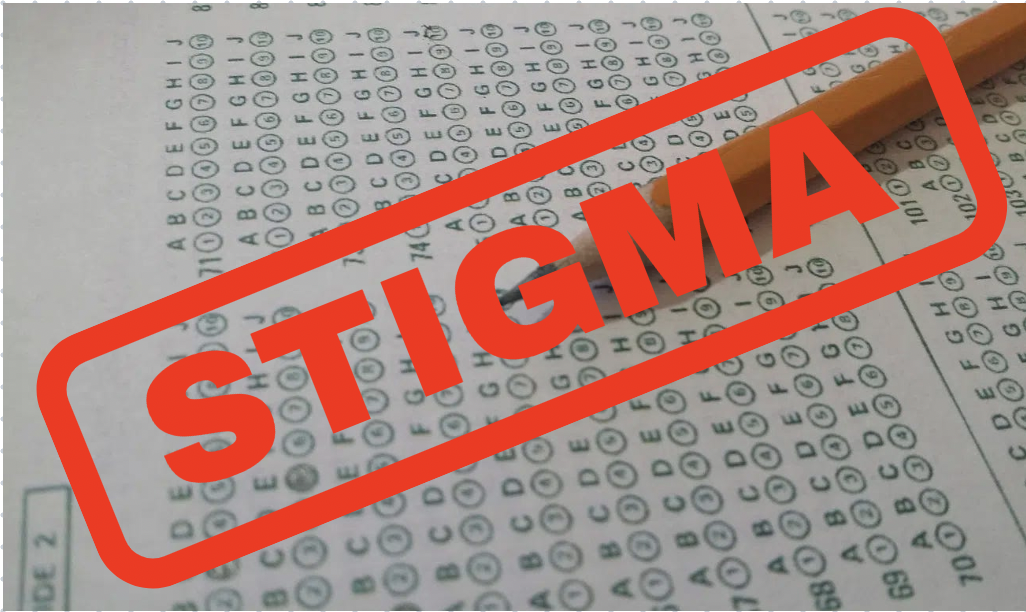Every year, juniors all over the nation are required to take the SAT, formerly known as the School Aptitude Test. It was first introduced in 1926 as a 315-question test with a 97-minute time limit. Now, in 2025, it is 98 questions with an allotted 134-minute time limit.
In a 2024 College Board report, the average Indiana student scored a 969 out of 1600 overall, with a 489 average on English writing and 480 average on math. The average FHS score from 2024 is an estimated 1099 out of 1600 according to our school website.
Many students spend time after the test worrying about their score, hoping they did well. Whether you get a high score or a low score, that number doesn’t define you.
There is so much negative stigma around low scores and positive view on high scores. The score also cannot determine a proper scale of a person or self-worth. For example, American football player Peyton Manning scored a 1030 and went on to be wildly successful in football, heavily supported healthcare, and even had hospitals in his name for his contributions.
While most colleges do look at SAT scores, most look more into academic history for consideration for admissions. Someone with a “low” score could likely make it into many prestigious schools if they have a good academic background.
Most colleges in 2025 are test optional, meaning they do not require the SAT as a “ticket” into college. Some high schools have even begun making the SAT and ACT optional, leaving the choice up to the students.
A score below 1000 is considered “low” but it is often above the average in any given state. Only about 25% of students score above 1200, and only around 10% score above 1350 in the USA.
The SAT has the benefit of retakes. If you are truly unhappy with a score, you can retake it to do better and send that improved score to schools.
SAT scores have such a negative stigma based around them, with teachers, parents, and even other students treating it as a reference for your success. The score does not determine your success; you do.















